Introduction
Petra, nestled in the rugged desert of southern Jordan, is one of the most breathtaking archaeological sites in the world. Established by the Nabataeans in the 6th century BCE, Petra was a bustling hub for trade routes linking Arabia, Egypt, and the Levant. Its reputation as a marvel of ancient ingenuity stems from its rock-cut architecture, advanced engineering, and enduring cultural significance.
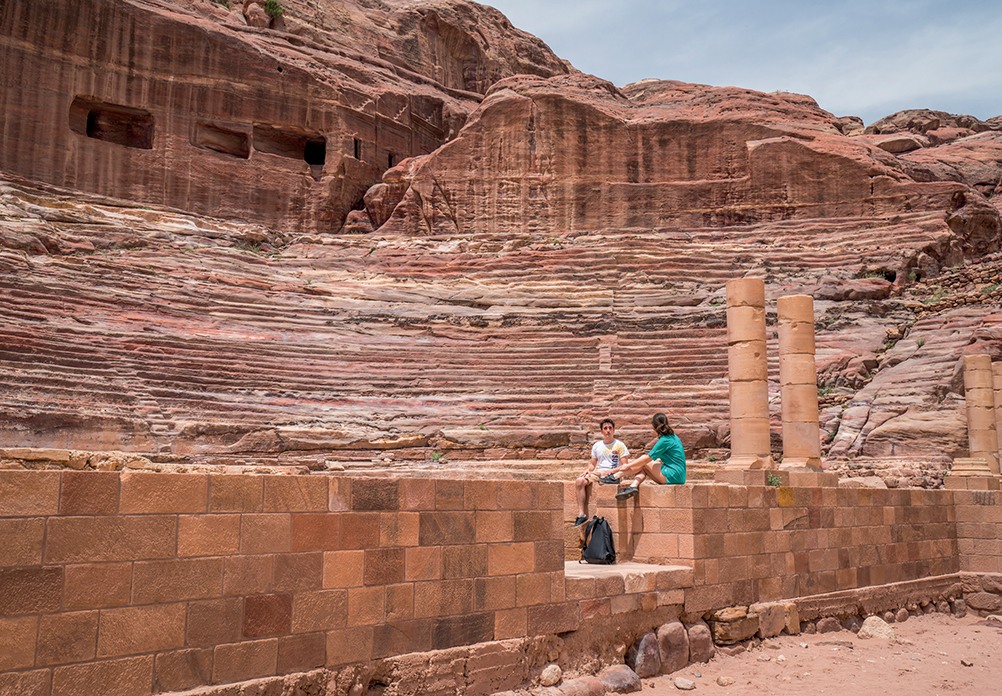
Architectural Masterpieces
The Treasury (Al-Khazneh)
The Treasury, or Al-Khazneh, is Petra’s crown jewel. Carved into rose-red sandstone cliffs, this monumental facade demonstrates the Nabataeans’ exceptional craftsmanship and fusion of Hellenistic and local styles. Though its exact function remains debated, many believe it served as a royal tomb or treasury. Its ornate details—columns, friezes, and sculptures—underscore Petra’s role as a melting pot of cultural and artistic influences.
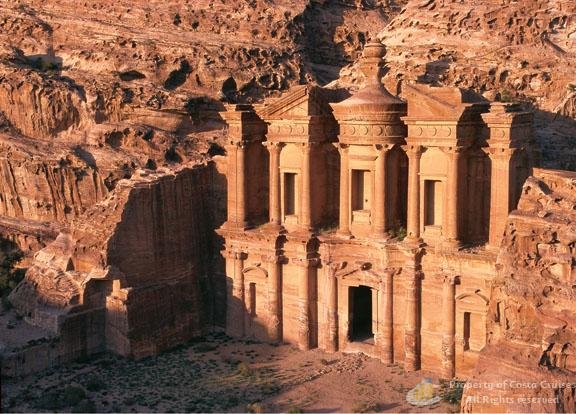
The Monastery (Ad-Deir)
Towering above the city, the Monastery (Ad-Deir) rivals the Treasury in grandeur. Accessible by climbing over 800 steps, this colossal structure offers not only architectural splendor but also panoramic views of the surrounding desert. Simpler in design yet immense in scale, the Monastery symbolizes Petra’s spiritual and cultural importance.
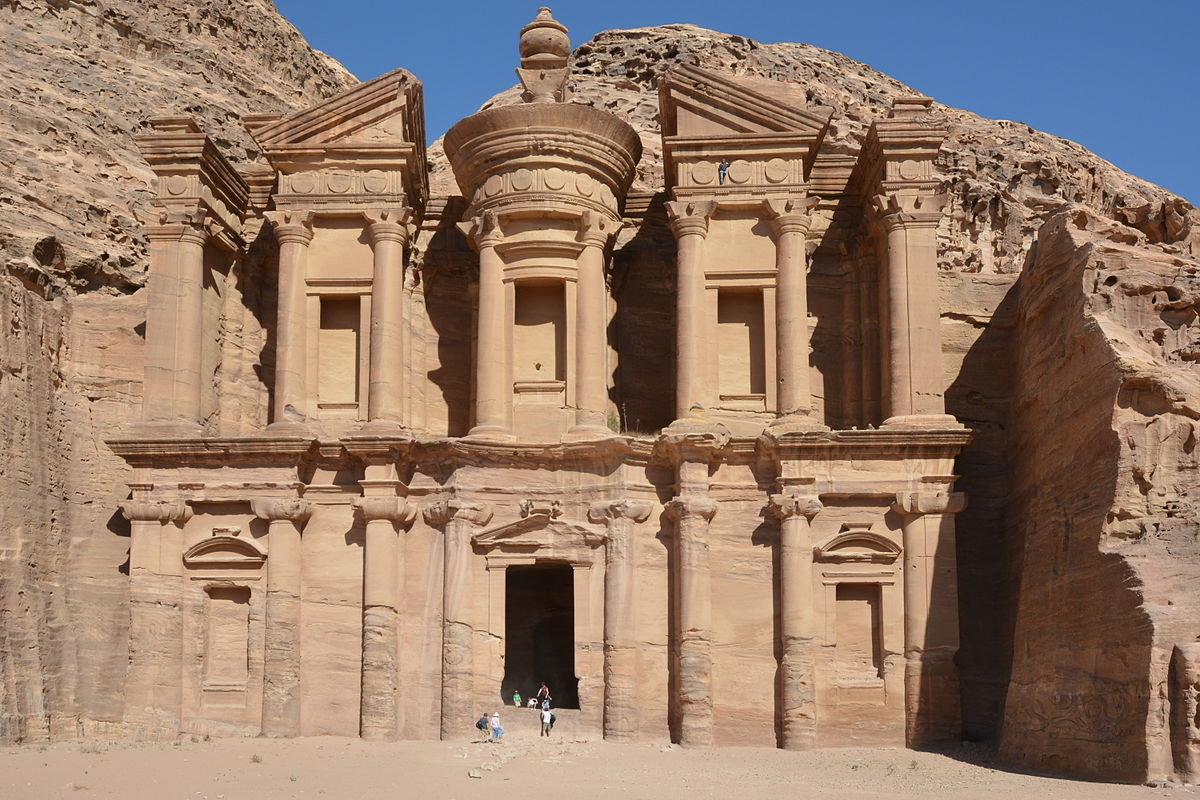
Engineering Brilliance
Petra’s survival in an arid desert was made possible by the Nabataeans’ advanced water management system. They built dams, reservoirs, and channels to harvest and distribute water, creating a lush oasis capable of supporting a large population. This ingenuity not only sustained the city but also made it a vital stop for ancient trade caravans.

The Siq: Gateway to Petra
The journey into Petra begins at the Siq, a dramatic 1.2-kilometer (0.75-mile) gorge framed by towering sandstone walls. This natural corridor, once a crucial water conduit, leads to the iconic Treasury. The Siq’s narrow passage and stunning geological formations heighten the sense of anticipation, culminating in an unforgettable first view of Petra’s grandeur.
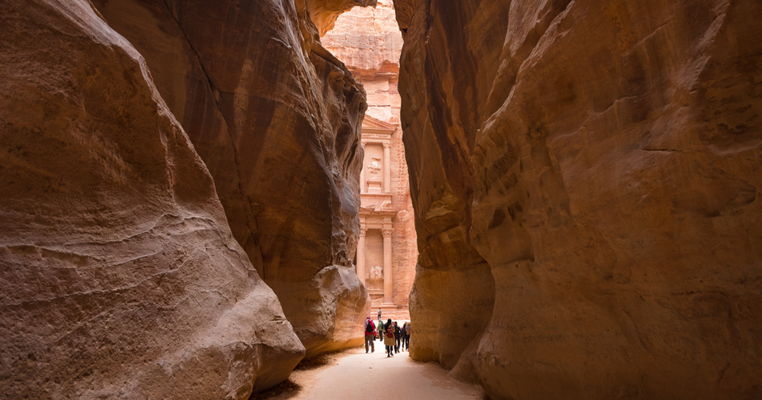
Rediscovery and Modern Significance
After centuries of obscurity, Petra was rediscovered in 1812 by Swiss explorer Johann Ludwig Burckhardt. Its remarkable preservation earned it UNESCO World Heritage status in 1985, and in 2007, it was named one of the New Seven Wonders of the World. Today, Petra attracts millions of visitors annually, offering a glimpse into the brilliance of ancient civilizations.
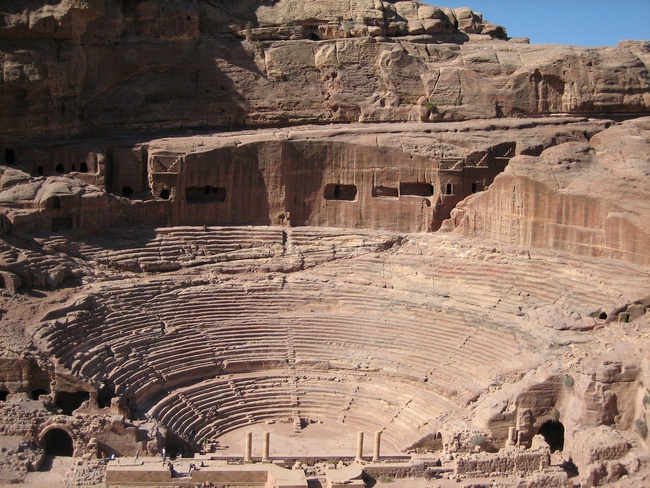
Legacy of the Rose City
Petra’s nickname, the “Rose City,” stems from the vibrant hues of its sandstone cliffs, which glow with shades of red, pink, and orange. More than just an architectural wonder, Petra stands as a testament to the resilience, creativity, and cultural exchange of the Nabataeans. Its enduring legacy continues to inspire awe, reminding the world of the ingenuity and achievements of ancient societies.
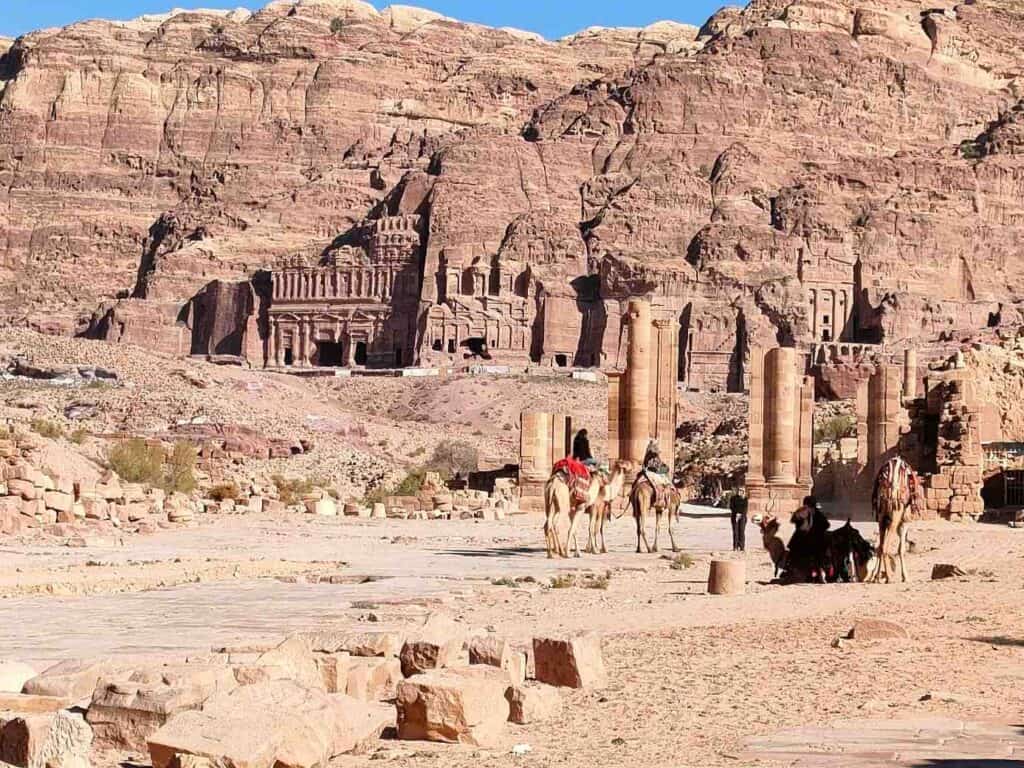
Conclusion
Petra is far more than a city; it is a masterpiece of human innovation and natural beauty. Its timeless allure, from the intricacies of Al-Khazneh to the engineering marvels of its water systems, makes it one of the world’s most captivating archaeological sites. For those who visit, Petra offers an extraordinary journey into a bygone era, where history, art, and nature converge in spectacular harmony.

